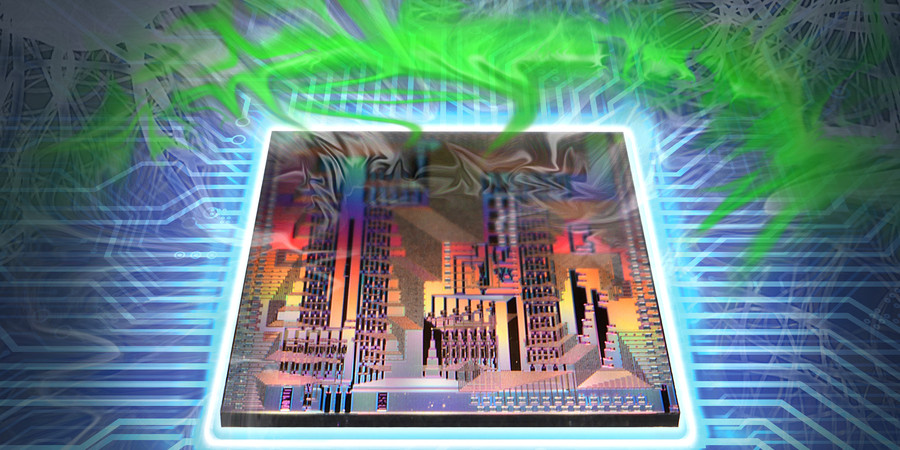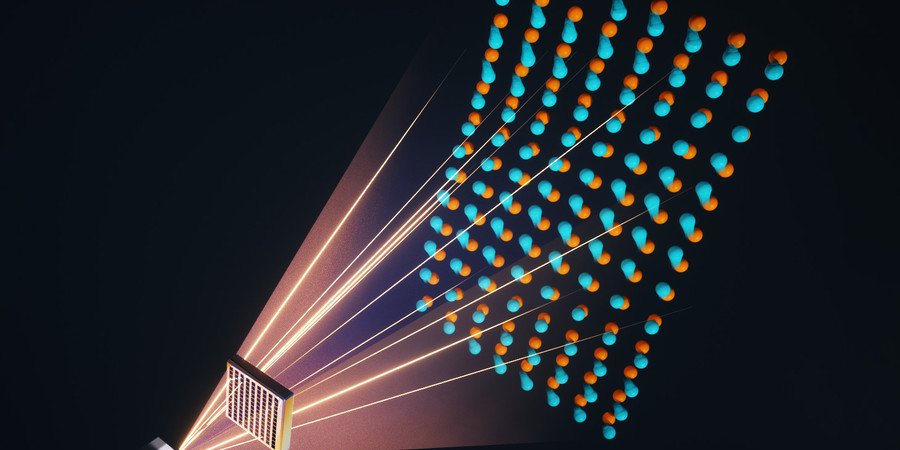Daniel Ackerman | MIT News Office
Despite years of hype, virtual reality headsets have yet to topple TV or computer screens as the go-to devices for video viewing. The solution for better 3D visualization could lie in a 60-year-old technology remade for the digital world: holograms. Holograms deliver an exceptional representation of 3D world around us, offer a shifting perspective based on the viewer’s position, and they allow the eye to adjust focal depth to alternately focus on foreground and background. Researchers have long sought to make computer-generated holograms, but the process has traditionally required a supercomputer to churn through physics simulations, which is time-consuming and can yield less-than-photorealistic results. Now, MIT researchers have developed a new way to produce holograms almost instantly — and the deep learning-based method is so efficient that it can run on a laptop in the blink of an eye.
Complete article from MIT News.
Explore
Photonic Processor Could Enable Ultrafast AI Computations with Extreme Energy Efficiency
Adam Zewe | MIT News
This new device uses light to perform the key operations of a deep neural network on a chip, opening the door to high-speed processors that can learn in real-time.
AI Method Radically Speeds Predictions of Materials’ Thermal Properties
Adam Zewe | MIT News
The approach could help engineers design more efficient energy-conversion systems and faster microelectronic devices, reducing waste heat.
A New Way to Let AI Chatbots Converse All Day without Crashing
Adam Zewe | MIT News
Researchers developed a simple yet effective solution for a puzzling problem that can worsen the performance of large language models such as ChatGPT.




